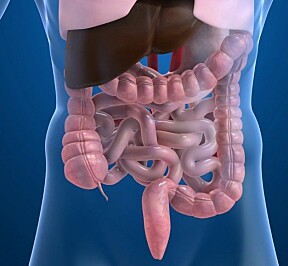
Had to make urgent trips to the loo up to 50 times a day
When his illness was at its worst, Nils Jørgen Fritzøe needed to make 40 to 50 trips a day to the loo. Clearly, travelling by public transport is difficult for those of us who struggle with digestion, he says. Now researchers have studied the toilet facilities on buses, trains, subways and public places in Norway.
Before Nils Jørgen Fritzøe (42) underwent a colostomy, he always kept track of where the nearest toilet was.
He always prepared carefully and spent a long time mapping where public toilets were when he was going to travel.
“To this day, I always look for a toilet sign if I'm at an airport,” he says.
Fritzøe was diagnosed with Crohn's disease when he was 15 years old. Before he had a colostomy ten years later, he had endured major stomach problems for many years and up to 50 trips to the loo a day.
“And when I had to go to the bathroom, it was usually urgent,” he says.
Toilet closed on bus from Trondheim
Many people with intestinal diseases don’t dare to travel, says Fritzøe.
“It's clear that you do some thinking when you have to go to the bathroom all the time.”
Take this horror scenario, for example: The bus company in Trøndelag county in central Norway decided to close the restrooms on its long-distance routes.
This means that passengers had to ask the driver to stop the bus if they needed to go to the toilet. All the other passengers then had to wait for that person to finish before the bus could continue.
Not only did the driver have to find a place to stop, the toilet visit was also not supposed to delay the bus.
There was an uproar.
“This scenario creates panic for people who had planned to use the toilet on the bus,” says Fritzøe.
The case eventually ended up in the Anti-Discrimination Tribunal, where the bus company lost the case and therefore had to open the bus restrooms again.

Not good enough
How good are the restrooms on trains, buses, planes, subways and trams in Norway? And are there enough of them?
The Institute of Transport Economics (TØI) recently published a study on this topic, in which they interviewed people with stomach and intestinal disorders.
The verdict is clear: The toilets on public transport are simply inadequate – both in number and in quality.
What kinds of transportation have the best toilets?
Anja Fleten Nielsen is a researcher at TØI and is behind the new study.
She asked people with various digestive problems what it is like for them to travel by tram, subway, light rail, train, boat, ferry, city bus, suburban bus, tour bus and plane.
Some means of transport prove to be worse than others.
Buses, subways and trams are the worst.
“As a general rule, these means of transport have no toilets at all, either on board or at the stops or stations,” Nielsen says.
On the other hand, most respondents perceived trains and boats as positive options because they usually have good access to toilets on board.
The trains posed one problem, though.
“Often buses replace trains, and then there aren’t necessarily toilets on the buses,” says Nielsen.
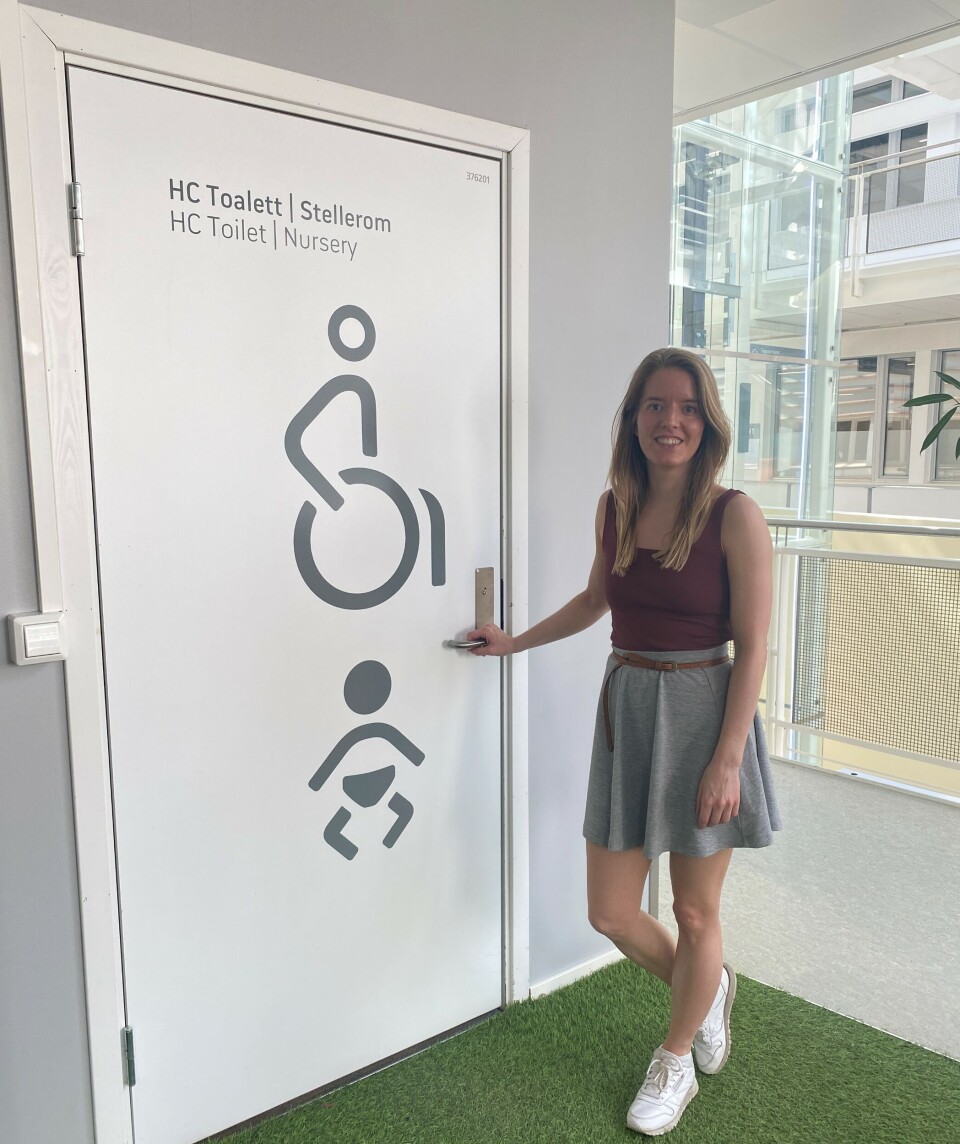
Bicycle and scooter travel is fine
The respondents’ experience of flying was quite divided – some though it was fine, while others avoided planes whenever possible.
The participants in the study think that bicycles and scooters are good options, because they are faster than walking and people can get home and to the toilet faster.
Ideally, most respondents would like access to toilets approximately every 15 minutes and to be able to divide their journeys into 15-minute stages.
Some say that they would choose to travel by public transport much more often if they were sure they’d have access to toilets.
“The vast majority choose to go by car when they had to travel somewhere,” says Nielsen.
“Then they have more control of the situation, because they know where the toilets are, and they can plan.”
Petrol stations usually have restrooms, but rest areas rarely do, according to Nielsen.
“Sometimes people even had to relieve themselves on the side of the road.”
How many people have problems?
About 15 per cent of the population has IBS (irritable bowel syndrome), according to Helsenorge, Norway’s digital health services. Twenty per cent have an overactive bladder, according to Norsk Helseinformatikk, the Norwegian medical information website.
Many other people need toilets more frequently and often urgently, including those with digestive diseases such as Crohn's and ulcerative colitis, urinary tract diseases, food allergies and prostate, bladder or bowel cancer.
Children, pregnant and menstruating women and people with anxiety are other groups that require better toilet access.
Of course even people without any health disorder have to go to the bathroom: A healthy person will void up to eight times a day, according to St. Olav's Hospital. In other words, most people will need toilet access during both short and long journeys.
From Crohn's to radiation damage
The new study is a qualitative investigation, in which Nielsen has interviewed ten people with stomach and intestine-related disorders.
“I tried to choose people who had relatively distinct problems – everything from IBS and Crohn's to radiation-damaged bowel and bladder after cervical cancer,” says Nielsen.
“What most people have in common is that they can’t cover their travel needs and that they have to make major adjustments to manage their daily life.”
One of the participants in the study, for example, chose to move to shorten their work commute. Several have also had to change jobs due to poor arrangements for restroom access at their workplace.
All the respondents said they avoided activities because of a lack of access to toilets or uncertainty about it.
“In the worst cases, some of them have isolated themselves completely, and they hardly leave their own home,” says Nielsen.
Some respondents had hardly travelled for thirty years.
“There were also some who said that they prioritized friends who were easy to travel to.”
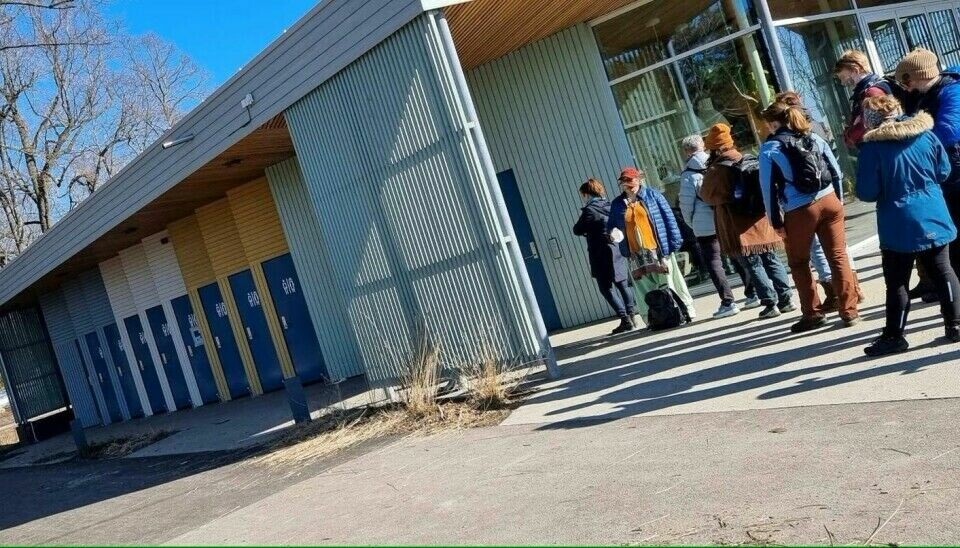
Allowed to use accessible toilets
Fritzøe has a health card that allows him to use accessible toilets when he needs to go to the bathroom.
He can even jump the queue should the need arise.
This permission applies to most people who struggle with digestive disorders. You can be issued an HC-WC card if you are a member of Norway’s Gastrointestinal Association.
Another issue is that many ordinary restrooms have no sink.
“Not having a sink can cause problems for people who have a stoma if they have to change their colostomy bag, or people with an anal fistula that needs cleaning,” says Nielsen.
An anal fistula is a small channel that can occur between the inner part of the rectum and the skin around the anus. Oozing pus or blood can sting and cause pain in the rectum and anus.
“One study participant, for example, needed to insert their own catheter and required a sink to wash up,” she says.
Several of the respondents in the study were subjected to harassment when they needed to use the accessible toilets. They have also been refused use of employee toilets in cafes and nightclubs.
“Some have experienced being rebuked by others, since they don't have any visible impairment,” says Nielsen.
She believes that a lack of understanding from others can be problematic for people with digestive disorders.
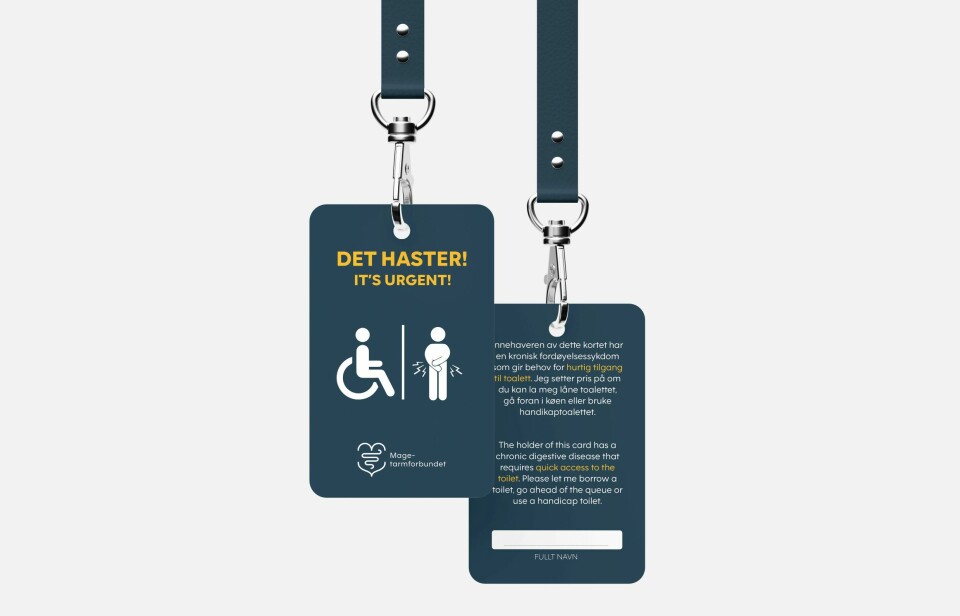
Strain on the psyche
Despite his major stomach problems and urgent need to go to the bathroom, Fritzøe rarely let the illness stop him.
He travelled a lot by bus, train and plane, both in Norway and abroad.
“I gambled quite a bit on whether there would be enough toilets and whether I’d make it,” he says. Mostly it worked out.
“But I also tend to have a positive mindset,” Fritzøe says.
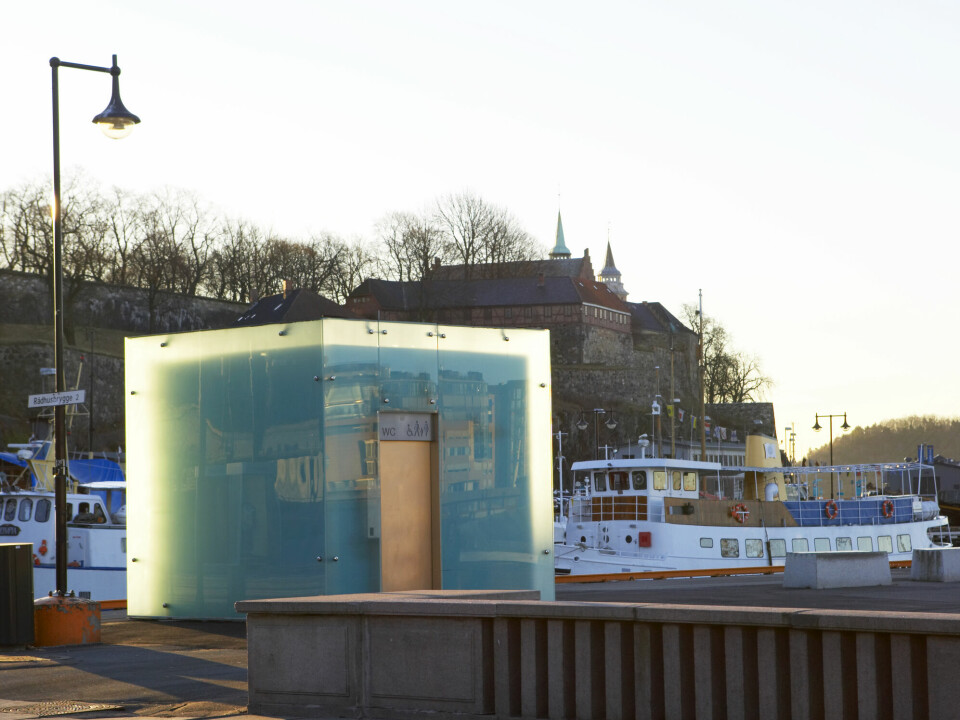
Who’s responsible?
Oslo's toilet facilities came out worst among all the northern European capitals in a survey done by the Norwegian newspaper Aftenposten in 2022.
Nielsen believes that both the transport sector and the municipalities need to take responsibility for the public toilet situation in Norway.
“A number of actors have to ensure that restrooms are available,” she says.
Access to water and proper sanitation is a fundamental right, according to the UN.
So the use of public toilets should be free, says Nielsen.
Information is important
Did you know there’s an app that can help you find a toilet?
Nielsen has tested several toilet apps that show where you can find toilets – all over the world.
“Unfortunately, the quality of the apps varies. Sometimes they show toilets that aren't there. So you can’t trust them completely,” she says.
Toilet apps: Where is Public Toilet, WC Toilet and Restroom Finder and Toilet Finder.
———
Read the Norwegian version of this article at forskning.no









